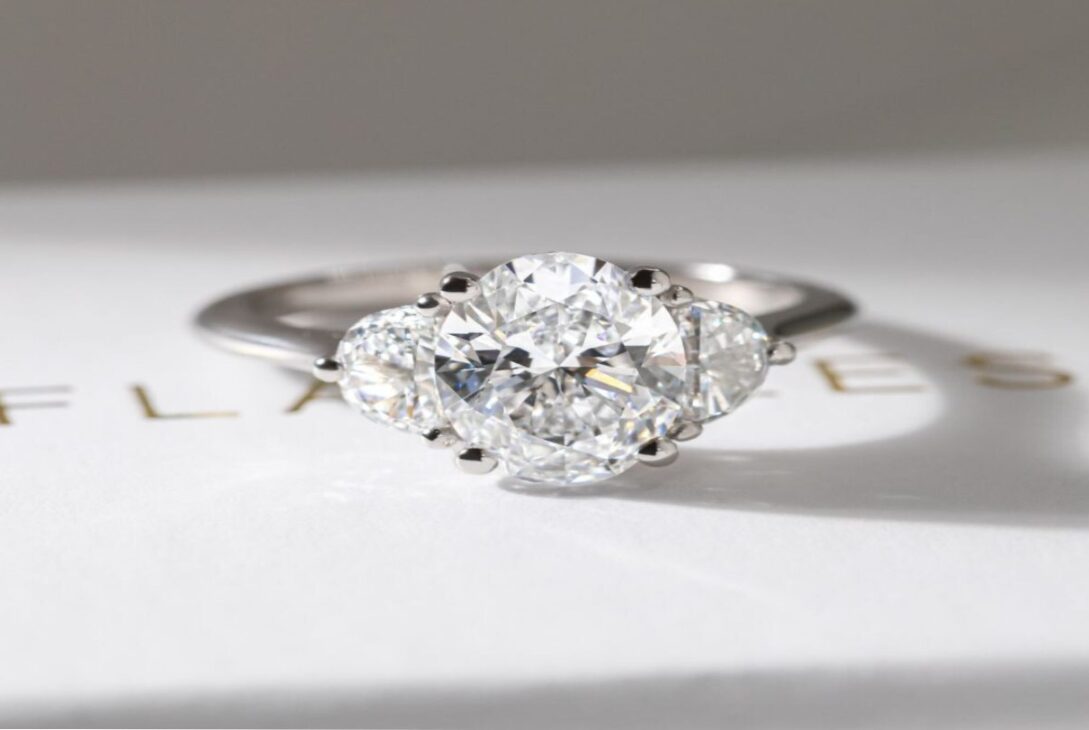Boutique jewelry brands face both an exciting opportunity and a daunting challenge in today’s rapidly changing digital environment: to captivate and retain customer interest across various touchpoints. The days are gone when a nice looking storefront with a strong local foot-traffic was enough. Success in 2025 will be underpinned by the mastery of omnichannel marketing, the ability to blend physical and digital experiences throughout the entire buyer journey.
Omnichannel vs. Multichannel – A Complete Understanding
Whereas multichannel marketing merely implies the presence on multiple platforms (such as social media, email, and in-store), omnichannel marketing makes their performance work in harmony. For a jewelry brand, this implies that whether the consumer has been engaged through Instagram, walks into your store or opens a marketing mail, they must feel that it’s part of one coherent brand experience.
Step 1: Charting the Jewelry Customer Journey
The journey of a fine jewelry shopper is generally emotional, visual, and research-driven. They begin by browsing on Pinterest or Instagram, seek gemstone information via a blog, compare prices online and also visit a store (either virtually, or in person) before buying. Knowing this journey enables the boutique brands to address the buyers at each step- with the correct message at the opportune time.
Primary touchpoints include:
- Social discovery (Instagram, Pinterest, TikTok)
- Website product pages
- Live chat or virtual consultations
- Email nurturing and retargeting ads
- In-store or virtual appointments
- Post-purchase care and re-engagement
Step 2: Personalization Across Platforms
Customers are demanding personalization today. Use tools such as customer data platforms (CDP) or CRMs to collect the insights about each channel, whether it is what customers click, see, and of course put into a wishlist, and use such information to shape the future interactions.
Just picture this scenario: a prospective customer comes to your site to buy oval-cut diamond rings online, browses a few options, but doesn’t convert. With the right setup, you can trigger a personalized follow-up email, show similar cuts on Instagram, and even provide a 10% discount through recast Facebook advertising. And that is the strength of intelligent omnichannel orchestration.
Step 3: Harmonize Messaging & Branding
A big role is played by consistency. If you’re sharing gemstones education on YouTube or highlighting custom engagement rings on your newsletter, every channel must support the same tone, aesthetic and Unique selling proposition (USP). Accumulate trust and recognition by using the same filters, language, and storytelling style across platforms.
Tools That Help
- Shopify + Klaviyo for virtual shopping and email automation
- Meta Ads Manager + Google Ads for cross-platform retargeting
- Zapier or Make (Integromat) for data syncing across platforms
- Zendesk or Gorgias for unified customer support
Looking Ahead: Merging Tech with Tradition
Boutique jewelry firms are better at an individual, hands-on service, which the bigger stores find it challenging to match. The future is about integrating that power and efficiency with automation, artificial intelligence and seamless digital touchpoints.
The triumphant no longer will be the most vocal brands in 2025—but the most cohesive, strategic, and customer-focused across all channels.



